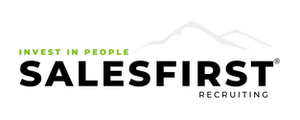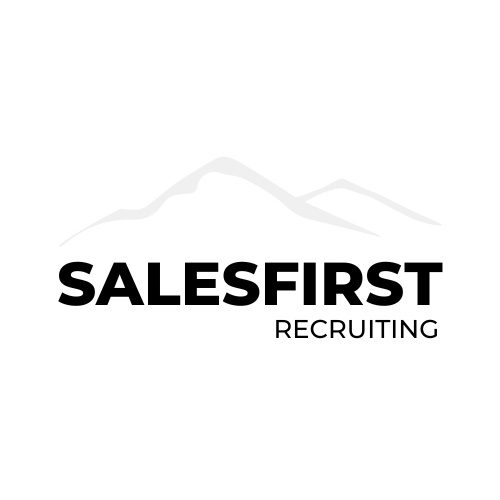How to Write Better Prospecting Emails That Get Responses
Prospecting emails are one of the most common and effective ways to generate leads and sales for your business. However, not all prospecting emails are created equal. Some are boring, generic, and spammy, while others are engaging, personalized, and relevant.
Zig Ziglar once wrote that “You can have everything in life you want if you will just help enough other people get what they want.”
So, if you want to write better prospecting emails that get responses, consider following some best practices and learning from the experts. In this blog post, we will share some tips and tricks on how to write prospecting emails that stand out from the crowd and catch the attention of your prospects. Show your prospects that you can help them get what they want!
The Three Key Elements of Good Sales Prospecting Emails
According to Leslie Ye, a senior editor at HubSpot, any good sales email template needs to include the following three elements:
A reason for reaching out. This reason should be your way of gut-checking yourself. Is the reason for contacting your prospect compelling? Do they fit your ideal buyer persona? Are they similar to some of your most successful customers in the past? Can you provide any value to this person? If not, don’t reach out.
A reason for reaching out right now. Providing a compelling reason for a prospect to buy is just as important as establishing whether a buyer is a good fit. If there’s no sense of urgency — like a relevant pain point, a trigger event, or an internal initiative — there’s no reason to buy. So don’t just prospect companies that fit in the vertical and size you typically sell to. Is there a good reason you’re reaching out right now?
A call-to-action. Every touchpoint in the sales process should drive it forward. How quickly the process moves depends on your prospect’s buyer stage, but you should never send a “just checking in” email that doesn’t provide any value to your buyer.
These three elements will help you craft a clear and concise message that shows your prospect why they should care about your offer and what they should do next.
How to Write a Compelling Subject Line
Your email subject line is the first thing your prospect will see when they receive your email. It’s the way you’re going to catch their attention and make them curious enough to open your email. Practice writing compelling subject lines that will create intrigue while using the knowledge you have of your prospects. For each email, come up with several different subject lines, then pick the one you think will be most effective.
Here are some examples of good subject lines for prospecting emails:
Congrats on your promotion, [name]!
How [company name] increased sales by 25% with [your product]
I have an idea for you, [name].
[Mutual connection] recommended I get in touch
I loved your latest post on [topic]
You’re invited: [event name] for [industry] professionals
How to solve [pain point] in 10 minutes
Notice how these subject lines are personalized, specific, relevant, and intriguing. They also avoid spammy words like “free”, “guaranteed”, or “urgent”. They make the prospect feel special, curious, or valued.
How to Personalize Your Email Body
Personalization is one of the keys to a successful prospecting email. Copying and pasting the same email to dozens of prospects just isn’t going to cut it — people can see right through that.
According to Cliently, a platform that helps salespeople create personalized outreach campaigns, one way to write better prospecting emails is to include at least one real-life example in your email (such as an article you read on how someone used what they learned from you).
Here are some other ways to personalize your email body:
Address your prospect by their name
Mention something specific about their company or industry
Refer to a recent news or social media post they shared or commented on
Compliment them on specific work or achievements
Show that you understand their challenges or goals
Provide value by sharing useful information or resources
Ask an open-ended question that invites a response
Personalization shows that you care about your prospect as an individual and that you have done your homework before reaching out.
How to End Your Email With a Clear Call-to-Action
The last part of your email is where you tell your prospect what steps are next. This is called a call-to-action (CTA) and it should be clear, specific, and easy to follow.
Would you be available for a 15-minute to see if this would be a fit for your company?
Can I send you a free trial link so you can see for yourself how [your product] works?
How do you feel about joining me for a live demo on [date and time]?
Do you have any questions I can answer for you?
Can I share with you a case study of how we helped [similar company] achieve [result]?
The CTA should be the logical next step in the sales process and should align with your prospect’s buyer stage. It should also be easy for them to say yes or no.
Ask SalesFirst Recruiting for help!
Crafting a well-thought-out email isn't just about sending a message; it's a powerful tool for demonstrating your commitment to understanding and meeting your customers' needs. When you take the time to compose a message that speaks directly to their concerns and desires, you're not only showcasing your expertise but also showing a genuine committment toward a real process.
While SalesFirst can’t write your prospecting messages for you, we can certainly help you land a role where would succeed selling a product you believe in!

